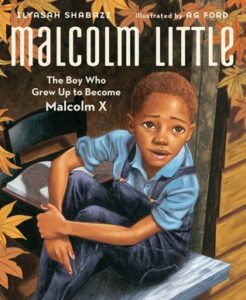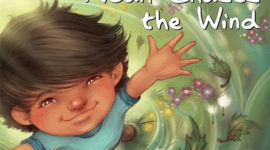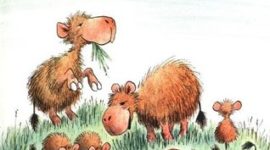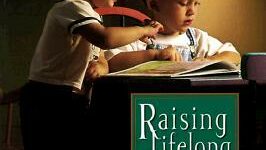25 Feb
2019
How to Talk to Kids About Race
Dear Families,
 As we come to the close of February, Black History Month, it doesn’t mean we should stop learning about racial history, but instead use this month as the continuation of conversations about race and racism. For me, the idea of needing a month for Black History seems unintelligible, as this history should be the ongoing history we learn from the perspective of people of color. I encourage you to use this month as the jumping off point in which you educate your children, and in some cases yourselves, about race and racism. It is essential that your children see you learn along with them when the sometimes difficult conversations of race present themselves. Talking candidly about race and racism makes it less taboo and gives your children a place to ask questions and get comfortable talking so that they can be the change to stop racism. We need to eradicate ‘colorblindness’ and teach about the real experiences people of color encounter daily to make a change. “So if you’re a white parent who wants to truly honor Black History Month this year, start by teaching yourself and your child how to talk honestly about how racist ideas turn into racist words, actions, and policies.”-Rebecca Ruiz. Please use parts of these articles, How to Talk to Kids About Race: Books and Resources That Can Help, as a place to start if you need the support.
As we come to the close of February, Black History Month, it doesn’t mean we should stop learning about racial history, but instead use this month as the continuation of conversations about race and racism. For me, the idea of needing a month for Black History seems unintelligible, as this history should be the ongoing history we learn from the perspective of people of color. I encourage you to use this month as the jumping off point in which you educate your children, and in some cases yourselves, about race and racism. It is essential that your children see you learn along with them when the sometimes difficult conversations of race present themselves. Talking candidly about race and racism makes it less taboo and gives your children a place to ask questions and get comfortable talking so that they can be the change to stop racism. We need to eradicate ‘colorblindness’ and teach about the real experiences people of color encounter daily to make a change. “So if you’re a white parent who wants to truly honor Black History Month this year, start by teaching yourself and your child how to talk honestly about how racist ideas turn into racist words, actions, and policies.”-Rebecca Ruiz. Please use parts of these articles, How to Talk to Kids About Race: Books and Resources That Can Help, as a place to start if you need the support.
Happy learning,
Angie Maxson-DeFeyter
Hands Up! -”This triumphant picture book recasts a charged phrase as part of a black girl’s everyday life–hands up for a hug, hands up in class, hands up for a high five–before culminating in a moment of resistance at a protest march.”-Goodreads
Malcolm Little: The Boy Who Grew Up to Be Malcolm X – “Malcolm X grew to be one of America’s most influential figures. But first, he was a boy named Malcolm Little. Written by his daughter, this inspiring picture book biography celebrates a vision of freedom and justice.”- Goodreads





